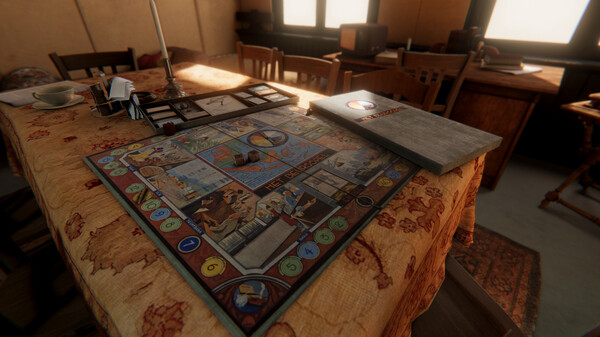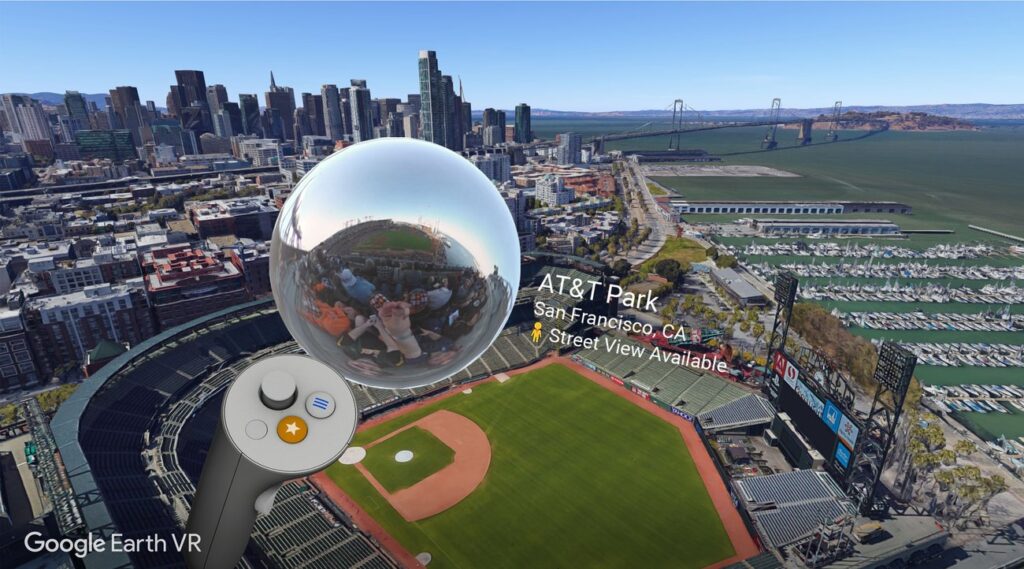

In an ever-shrinking world, cultural competence is emerging as a vital skill for personal growth and global understanding. Thanks to immersive technologies, students and enthusiasts can now explore diverse cultures, historic landmarks, and awe-inspiring landscapes—all without leaving home or the digital-classroom environment. Below are five standout experiences that blend interactive education with digital travel, helping you and your learners dive into new worlds at the click of a button.
The pace of globalization is accelerating, making cross-cultural interactions more common than ever. Employers increasingly seek individuals who can communicate sensitively and effectively with people from different backgrounds, while educational programs evolve to reflect multicultural realities. Incorporating virtual-reality-learning tools into a STEM lab or social-studies class can enrich lessons, foster empathy, and spark lasting curiosity. Whether you’re an educator or a lifelong learner, stepping into these digitized landscapes is a powerful way to build real-world understanding.

Immersive Expeditions with Real Explorers
National Geographic Explore VR stands out by letting you join Nat Geo explorers in discovering hidden corners of the planet. Roam through icy Arctic terrains or marvel at the vivid biodiversity of rainforests, all woven together with high-quality storytelling.
Key Features
Why It Builds Cultural Competence
By stepping into the shoes of real explorers, learners gain insight into communities beyond their usual scope. This approach encourages empathy, stimulates critical thinking, and underscores the importance of cultural sensitivity in global research.

Historical Context Meets Emotional Depth
Anne Frank House VR is a meticulously recreated tour of the secret annex where Anne Frank and her family hid during World War II. Its authenticity offers an intense look at one of history’s most poignant stories, bringing this period to life like never before.
Key Features
Why It Builds Cultural Competence
The emotional resonance of visiting a real-world historical location fosters a deeper understanding of cultural and social contexts. This immersive setting serves as a springboard for meaningful discussions about tolerance, prejudice, and resilience.

A Glimpse into Ancient Egypt
Nefertari: Journey to Eternity whisks you into the astonishingly detailed tomb of Nefertari, the wife of Pharaoh Ramses II. Through high-fidelity reconstructions, users can observe ancient art, hieroglyphs, and architecture in a way that textbooks rarely convey.
Key Features
Why It Builds Cultural Competence
Immersing oneself in a civilization that thrived thousands of years ago sparks curiosity about cultural development, art, religion, and governance. This firsthand-like exposure promotes empathy and appreciation for diverse historical narratives.

Global Tour Through 3D Models
Blueplanet VR Explore presents nearly 100 exquisitely rendered 3D models of both natural and cultural sites. One moment, you might wander through ancient temples in Indonesia; the next, you’re gazing at breathtaking canyons in the United States.
Key Features
Why It Builds Cultural Competence
Experiencing such diverse locales fosters a global mindset. Seeing how different cultures build temples, manage natural resources, or celebrate traditions underscores the many ways societies shape, and are shaped by, their surroundings.

A Bird’s-Eye Global Perspective
Perhaps one of the broadest platforms for virtual exploration, Google Earth VR lets you fly effortlessly from continent to continent, zooming in to explore cities, landscapes, and cultural hotspots.
Key Features
Why It Builds Cultural Competence
Seeing how people live in different regions—whether bustling metropolises or secluded villages—nurtures respect for cultural diversity and fosters broader global awareness.
Though VR is often associated with subjects like VR physics, VR biology, or VR chemistry, its potential extends far beyond traditional science fields. Cultural exploration is an emerging frontier, one that schools and individuals can tap into for real-world skill development. Imagine combining a high school STEM lab with cultural explorations: it might begin with 3D modeling of ancient ruins, then transition into a discussion about art history or international relations.
Key Takeaways for Educators and Learners
Virtual reality isn’t just for gamers or tech enthusiasts; it’s a game-changer for cultural competence as well. These five experiences—National Geographic Explore, Anne Frank House, Nefertari: Journey to Eternity, Blueplanet VR Explore, and Google Earth—offer immersive windows into civilizations past and present. They transform any classroom (or home setting) into an interactive space where empathy, curiosity, and understanding can blossom.
In the evolving educational landscape of 2025, embracing immersive cultural exploration can broaden perspectives, stimulate critical thinking, and encourage respectful global citizenship. Whether you’re an educator aiming to enrich lesson plans or a curious traveler itching to see the world, virtual pathways are waiting to elevate your cultural understanding—one breathtaking view at a time.
Frequently Asked
We prodive VR biology, VR physics, and VR chemistry simulations. Please, check our catalog.
Please, fill the form to get demo labs for free.
Please contact our customer support service at support@xreadylab.com or book a call with the team to find out the conditions and book the VR class set up at your school.
Subscription to XReady Lab interactive VR labs. If you are a school, then you are also given access to the VR classroom system. VR class system helps you easily launch VR lessons for a large number of students, follow the experience of each student, as well as customise the content without developers.
We adhere to the world’s generally accepted recommendations and research. Our products are suitable for children from 12 years old.